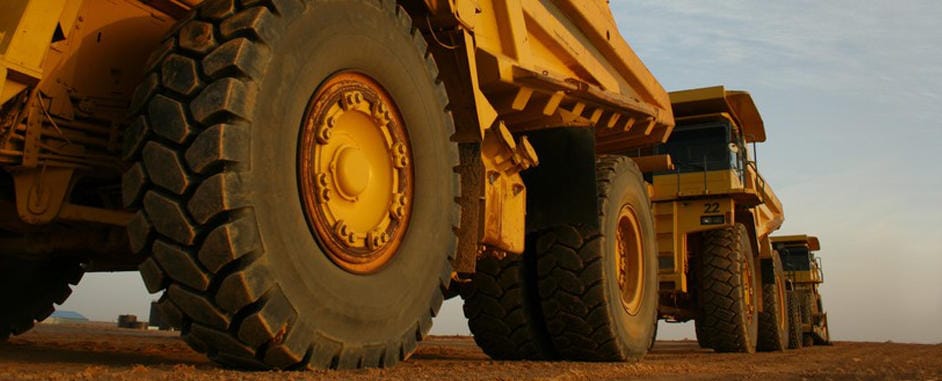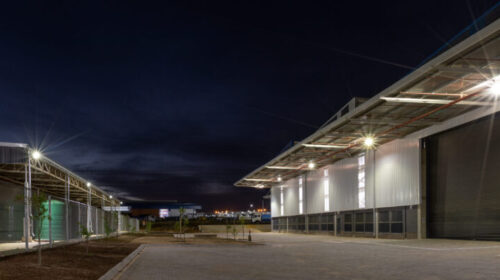Here is why mining is digging into 5G
Some 86% of mining companies say they plan to invest in wireless infrastructure in the next 18 months, according to an IDC 2021 Worldwide Mining Decision Maker Survey. Most named 5G as their priority because of its lower latency and higher bandwidth, which suggests industry members understand high-performance private wireless networks are essential to fulfilling the promise of Mining 4.0.
4.9G/LTE today, 5G tomorrow
5G may be enjoying higher profile these days because of the growing number of public 5G deployments and smartphones on the market — and because some vendors are promoting 4G wins as full 5G. A quick check with our own mining customers — which include more than 35 companies operating private wireless networks in more than 60 mines around the world — reveals that most are operating solutions we classify as 4.9G/LTE.
The fact is most digital mining applications can run on 4.9G. That includes applications for asset monitoring and autonomous haulage (AHS), which consume massive amounts of data, as well as those for tele-remote operations, which require high bandwidth – both also require reliable low latency, which 4.9G is able to deliver consistently and even during mobility. This compatibility will make the eventual upgrade to 5G standards, chipsets and ecosystem straightforward.
Industrial 5G environments will deliver the (ultra-) high-definition video and sub-millisecond latency to enable an ever wider array of use cases involving real-time remote control of high speed robots and drones and will connect hundreds of thousands IoT sensors and industrial devices — above and underground.
3GPP Release 16 was finalized in July 2020. Together with Release 17, it will further enhance 5G connectivity through greater capacity, ultra-reliable low-latency communications and time-sensitive networking. These two releases are critical steps for Industry 4.0 applications, as they will enable, once the industrial ecosystem is ready, the majority of applications not yet possible today on private 4.9G. Release 18 and 19 will bring the final piece of the puzzle with massive IoT connectivity — a successor to LTE-M and NB-IoT.
Mining companies are getting a head start on 5G
Many Nokia mining sector customers have already begun testing and trialing 5G connectivity and applications in their mines.
In Chile, copper mining company Codelco is running a 5G pilot within its Radomiro Tomic Division. High-definition cameras transmit real-time video from the mine’s crushing area to its new Integrated Operations Center in Santiago, 1,500 kilometers away. The Nokia 5G network will increase the facility’s capacity tenfold to capture more data and improve big data applications. This will allow Codelco to analyze waiting and material unloading times almost immediately to optimize processes.
In Brazil, Vale has developed a 5G laboratory in partnership with technology research institute IPT and Nokia to develop and test potential future use cases. The company still operates Wi-Fi and WiMax networks in some of its Brazilian mines and will migrate part of these networks to 4.9G/LTE and then to 5G. This will help Vale implement autonomous drill rigs and haulage trucks, real time security for tailing dams, train-to-ground control and industrial IoT applications. While initial roll-out is at its Brucutu and Carajás sites, the company plans to migrate 13 other mines by 2023.
In 2020, Sandvik and Nokia partnered to accelerate the mining industry’s digital transformation journey and to deliver value to customers worldwide. The introduction of a 5G Standalone network in Sandvik’s Test Mine facility in Tampere, Finland, opens the door to testing and validating new opportunities in robotics, remote and autonomous operations, full-fleet automation, analytics and enhanced safety. Nokia and Sandvik are also collaborating with VTT, the technical research center of Finland, in a 5G powered research project on next generation underground mining technology.
More recently, Nornickel and Nokia successfully rolled out and tested a private wireless network in an underground mine in Russia. The installed solution includes Nokia 4.9G/LTE and 5G mobile core, Flexi Zone Micro cells, Nokia AirScale 5G base stations, plus a mission-critical group communications application. For Nornickel, the goal is to make its Skalisty complex — which reaches 2,500 meters at its deepest point — fully autonomous by 2025
Author Marc Jadoul
30 total views , 1 views today





